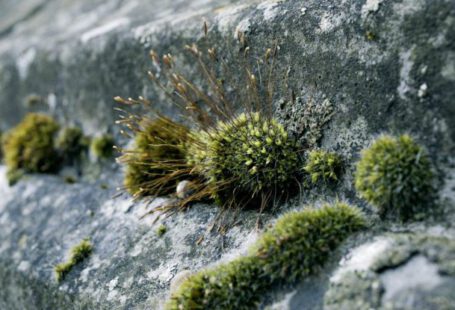The world of digital art and NFTs (Non-Fungible Tokens) has been buzzing with creativity and innovation, offering exciting new opportunities for artists and collectors alike. In recent years, the intersection of art and technology has given rise to a revolutionary way of creating, selling, and owning digital artworks through blockchain technology. Let’s delve into the latest trends and developments in this dynamic realm.
The Rise of NFTs in the Art World
NFTs have taken the art world by storm, offering a new way for artists to monetize their digital creations and for collectors to own unique pieces of art. NFTs are digital tokens that represent ownership of a specific asset, such as a piece of digital art, music, or even a tweet. These tokens are stored on a blockchain, a decentralized and secure digital ledger, which ensures the authenticity and provenance of the artwork.
One of the key advantages of NFTs is that they allow artists to retain ownership and control over their work, as well as receive royalties whenever their art is resold. This has democratized the art market, enabling emerging artists to reach a global audience and generate income from their creations.
The Growing Popularity of Digital Art
Digital art has been gaining traction in the art world, with more artists exploring the possibilities of creating art using digital tools and software. From digital paintings and illustrations to virtual reality experiences and generative art, the possibilities are endless in the realm of digital art.
One of the defining characteristics of digital art is its versatility and accessibility. Artists can experiment with different styles, techniques, and mediums without the constraints of traditional art forms. Digital art has also opened up new avenues for collaboration and interdisciplinary projects, blurring the lines between art, technology, and innovation.
The Role of Blockchain Technology in Art
Blockchain technology has played a pivotal role in the emergence of NFTs and digital art, offering a transparent and secure platform for buying, selling, and trading digital assets. Blockchain technology ensures that each NFT is unique, indivisible, and tamper-proof, providing a reliable way to prove ownership and authenticity.
By leveraging blockchain technology, artists can authenticate their digital artworks, establish provenance, and create scarcity by issuing limited editions of their NFTs. Collectors, on the other hand, can verify the ownership and history of an artwork, as well as securely store and transfer their NFTs in digital wallets.
The Future of Digital Art and NFTs
The future of digital art and NFTs looks promising, with continued innovations and developments reshaping the art market. As more artists and collectors embrace digital art and blockchain technology, we can expect to see a proliferation of creative projects, collaborations, and marketplaces dedicated to NFTs.
In the coming years, advancements in technologies such as augmented reality, artificial intelligence, and virtual reality are likely to push the boundaries of digital art even further, offering new ways to engage with and experience artworks. Additionally, as the regulatory landscape around NFTs evolves, we may see increased integration of NFTs into mainstream art institutions and galleries.
Embracing a New Era of Art and Technology
The convergence of art and technology has ushered in a new era of creativity, innovation, and possibilities in the art world. With digital art and NFTs gaining momentum, artists have a unique opportunity to explore new mediums, connect with global audiences, and redefine the concept of ownership in the digital age.
As we navigate this evolving landscape, it’s essential to embrace the potential of digital art and NFTs while also considering the challenges and implications of this paradigm shift. By staying informed, open-minded, and engaged with the latest trends and developments, we can all be part of this transformative journey towards a more inclusive, transparent, and dynamic art ecosystem.





